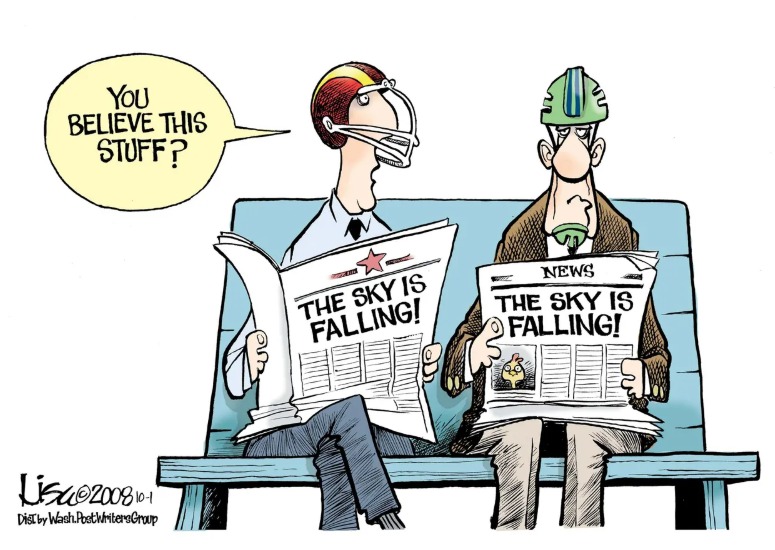- 0243394034
- info@centralcoastseo.com.au
- Google 1st Pages Guaranteed in Writing.
Mastering Content Management | How to Evaluate and Remove Outdated Content

Mastering Content Management | How to Evaluate and Remove Outdated Content
One of the most critical yet often overlooked aspects of managing a website is evaluating and removing outdated content. This is extremely important, and over the years, I’ve developed a robust framework that balances technical precision with strategic foresight. This isn’t just about cleaning up your site—that’s the easy part—it’s about preserving authority, enhancing user experience, and maintaining strong SEO performance.
Where this topic is concerned, I find it helps if you imagine your website as a plant. And just as a plant sheds old leaves to make way for new growth, your content library requires regular pruning to stay healthy (and relevant). But here’s the catch: if you prune too aggressively or without a plan, you risk damaging the entire ecosystem.
Why Removing Outdated Content Matters
Let’s start with the basics. Why should you care about outdated content? Well, in the fast-paced world of digital media, content can quickly become obsolete. A news article from 2018 about the latest smartphone might have been groundbreaking at the time, but today, it’s likely irrelevant—or worse, misleading.
However, removing content isn’t as simple as it sounds. Every piece of content on your site contributes to its overall authority and search equity. Delete the wrong article, and you could inadvertently dismantle a backlink network that’s been years in the making. I’ve seen it happen—sites losing significant organic traffic because they didn’t approach content removal with the necessary care.
But when done correctly, removing outdated content can work wonders. It streamlines your site’s architecture, improves crawl efficiency, and ensures that your audience always finds relevant, up-to-date information. The key is to approach it methodically, with a clear understanding of the potential risks and rewards.
My Framework for Evaluating Content
To determine what stays and what goes, I’ve developed a rigorous evaluation framework. This isn’t a one-size-fits-all solution; it’s a tailored approach that considers multiple dimensions of each piece of content. Let’s break it down.
A Taxonomy of Content Types
The type of content you’re dealing with plays a huge role in its long-term value. For example:
- Breaking News – Articles with titles such as: “Cyclone Hits Queensland Coast,” are time sensitive. Once the event has passed, their relevance diminishes rapidly.
- Evergreen Content – Pieces like “How to Prepare for a Cyclone” remain valuable year after year, requiring only occasional updates.
- Historical Pieces – Content documenting significant events, such as “Darwin’s 1974 Cyclone Remembered,” may not drive much traffic but holds immense archival value.
Understanding these distinctions is crucial. In the tech sector, for instance, an article titled “Best Laptops of 2020” is likely outdated by now. But a piece like “The Evolution of Laptop Technology” might still hold value as a historical overview.
Preserving Your Site’s Legacy
Some content, while not currently driving traffic, is vital for your site’s long-term credibility. For example, an in-depth analysis of the 2008 Global Financial Crisis might not get many clicks today, but it contributes to your site’s authority as a reliable historical resource.
I always ask myself: “Does this piece add to the narrative of my site’s expertise?” If the answer is yes, I’m more inclined to keep it—even if it means investing time in updates or archiving.
User Value vs. Maintenance Cost
Not all content is worth the effort required to maintain it. For example, an article reviewing a product that’s no longer on the market might not provide much value to your audience. On the other hand, a comprehensive guide that requires regular updates might be worth the investment if it continues to attract traffic and engagement.
The Strategic Removal Process
Once you’ve evaluated your content, the next step is removal. But this isn’t a haphazard process—it requires careful planning and execution.
Here’s how I approach it:
Step 1 | Conduct a Comprehensive Content Audit
A content audit is the backbone of any removal strategy. I start by creating an inventory of all articles, blog posts, and updates on the site. This helps me identify outdated, duplicated, or underperforming content.
Step 2 | Establish Performance Benchmarks
Before making any changes, I set benchmarks for key metrics like organic traffic, bounce rates, and crawl efficiency. These benchmarks serve as a baseline, allowing me to measure the impact of my actions.
Step 3 | Communicate with Stakeholders
Content removal isn’t a solo endeavour. It affects multiple teams, including editorial, marketing, SEO, and legal. So always make sure to keep everyone relevant in the loop. This ensures that no valuable content is removed prematurely, and that the site’s overall narrative remains intact. The amount of times I’ve been flummoxed by a client’s site suddenly vanishing for the rankings for certain keywords, only for me to find that some junior marketing person deleted or renamed the page, completely stuffing up the SEO!
Best Practices for Content Removal
When it comes to removing content, the technical details matter. Here’s how I handle them:
- 301 Redirects – I use 301 redirects to channel link equity from deleted URLs to relevant, active pages.
- Internal Linking – I update or remove internal links pointing to deleted content to maintain a clean site architecture.
- XML Sitemaps – I regularly update XML sitemaps to reflect changes, ensuring that search engines can crawl and index the site efficiently.
- Monitoring – I keep a close eye on crawl errors, traffic fluctuations, and broken links, addressing any issues promptly.
For content with historical value, I prefer archiving over deletion. This preserves the information while keeping it accessible to users who might need it.
Ensuring Ongoing Relevance | The Importance of Regular Reviews
Content management isn’t a one-time task—it’s an ongoing process. To keep your site in top shape, you might look to implement a multi-layered review schedule:
- Daily Reviews – If your industry is fast-paced, then you will need to conduct daily checks to remove expired or irrelevant articles.
- Quarterly Reviews – These are ideal for reassessing content that may require periodic updates as more information on the topic becomes available.
- Annual Audits – Once a year you will need to perform a thorough audit of older content to ensure it remains relevant and valuable.
Regular reviews such as these will help you stay ahead of the curve, ensuring that your site remains aligned with user needs and industry trends.
The Art and Science of Content Management
Managing a news website’s content library is both an art and a science. It requires a deep understanding of your audience, a keen eye for detail, and a willingness to adapt to changing circumstances. By evaluating content based on type, historical significance, performance metrics, and maintenance cost—and by following a strategic removal process—you can maintain a high-quality, relevant archive that enhances both user experience and SEO performance.
I hope this deep dive has given you valuable insights into my approach to Content. Remember, content management isn’t just about keeping your site tidy—it’s about building and preserving a legacy of authority and trust in the eyes of Google. And while it’s often a time-consuming thing to do, it’s absolutely worth it if it brings you more traffic, and by extension, more business.


















